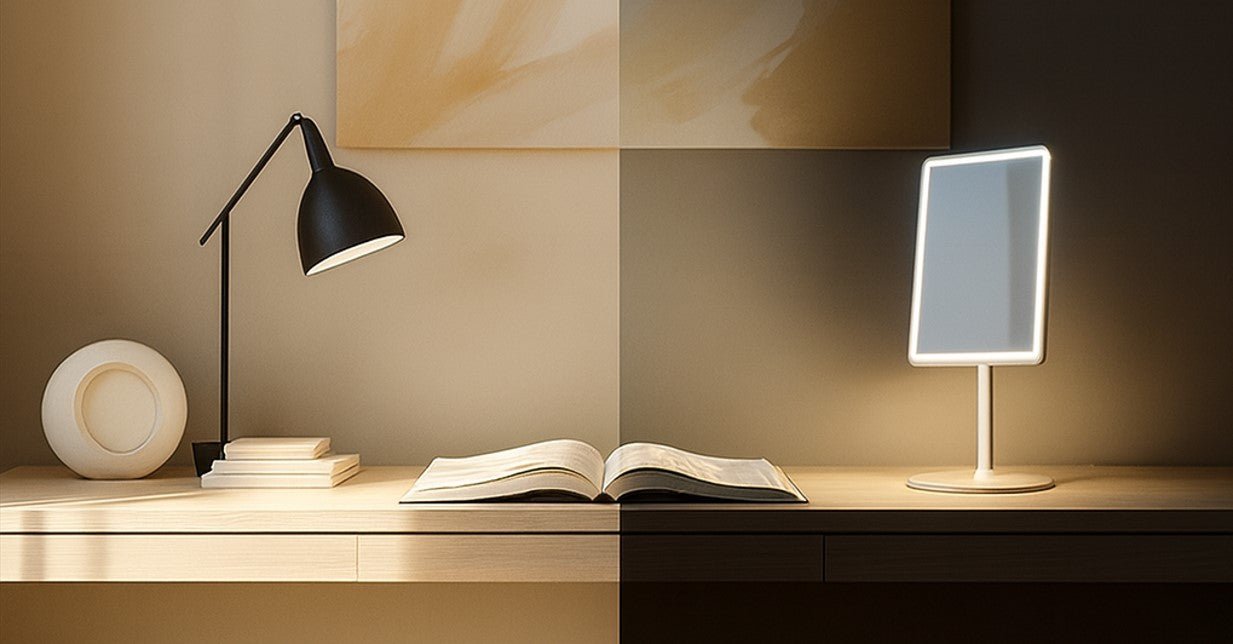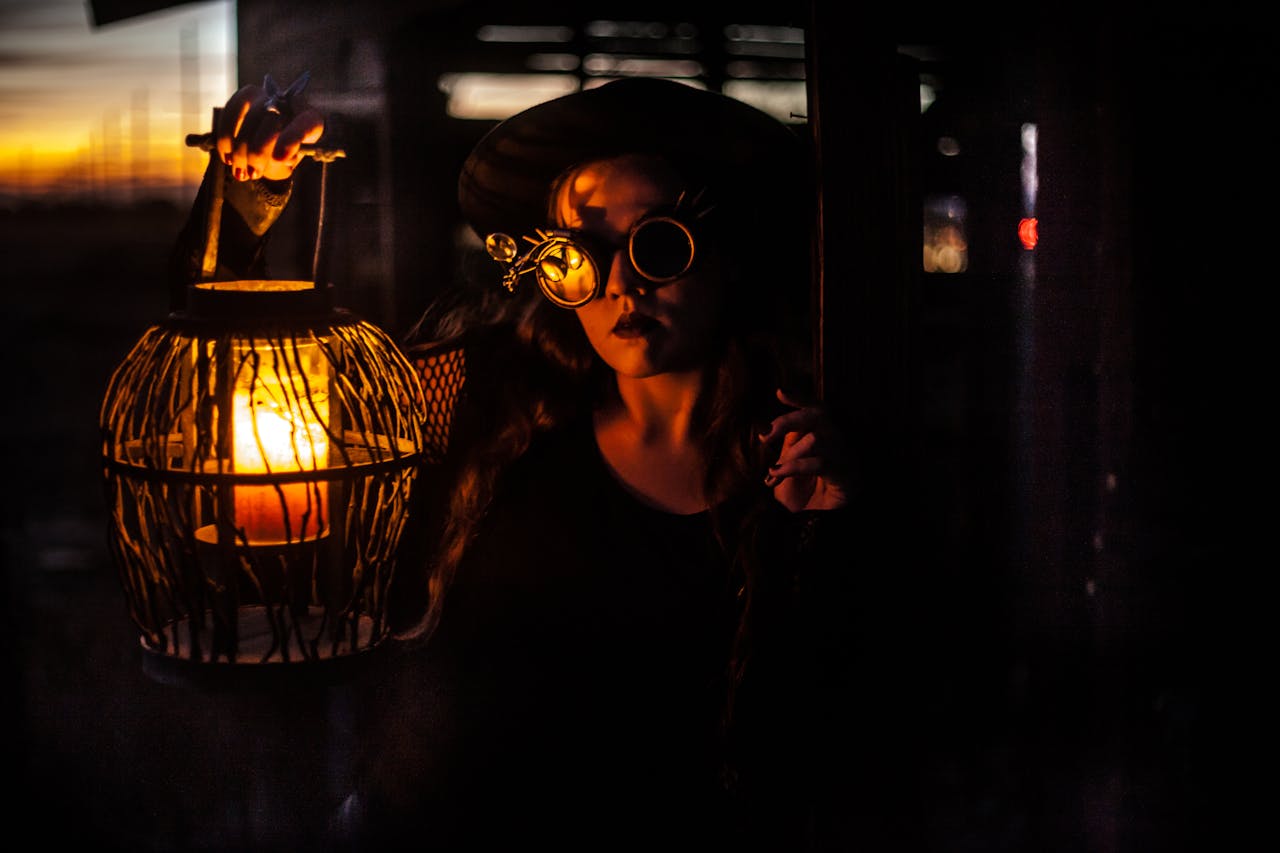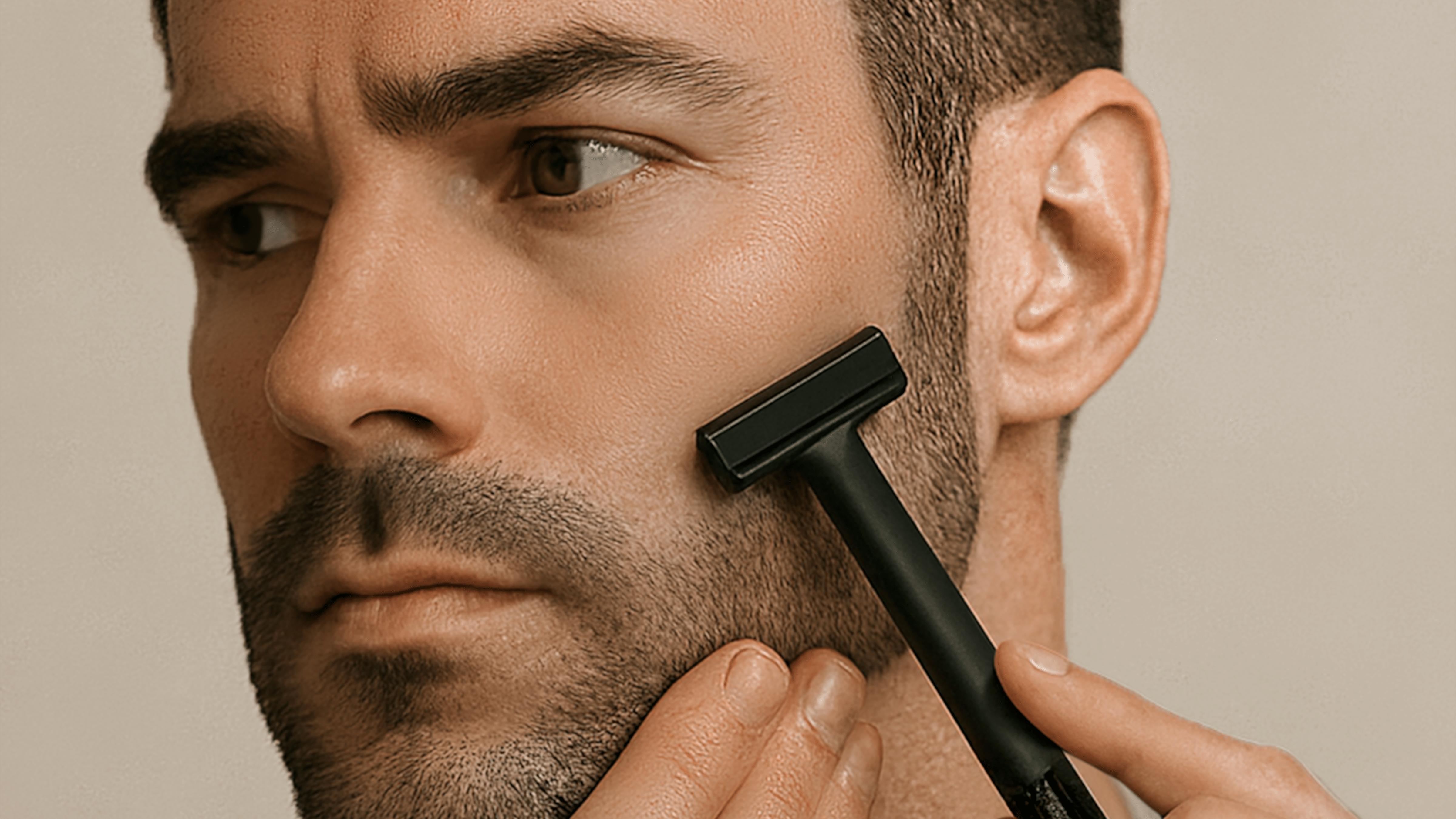How to Apply Foundation in Different Lighting (Day vs Night)
Perfect base is not just shade and formula. It is the light you use to apply it. Daylight is cool-neutral and revealing. Evening lighting skews warmer and more flattering. Each environment changes how undertones read and how texture appears. Apply foundation the same way under both and you risk the daytime orange cast or the night-time washed-out look. This guide gives you a clear framework: understand colour temperature, check colour rendering, and adapt your technique so your skin looks true from desk to dinner.
We will cover the essentials: daylight versus warm light, why CRI and TM-30 matter, mirror setup, tool choice, and a side-by-side routine. If you use a makeup mirror with lights, small upgrades in accuracy deliver outsized results.
CRI is a long-standing measure of how faithfully a light source reveals colour compared with a reference. It is useful for makeup tasks where true-to-skin matching matters. TM-30 adds modern fidelity (Rf) and gamut (Rg) measures for LEDs, giving a fuller picture than a single CRI value. Aim for high fidelity when shade-matching to reduce undertone errors. :contentReference[oaicite:0]{index=0}
Know Your Light: Daylight vs Warm Light
“Daylight” in colour science is formalised as CIE Standard Illuminant D65: representative average daylight with a correlated colour temperature near 6,500 K. It is widely used as a reference white for colour evaluation and device calibration, because it reveals undertones and texture clearly. In contrast, evening interior lighting often sits around 2,700–3,000 K and adds warmth that can mask redness, soften contrast, and shift perceived shade. If you match your base only in warm light, you can step outside and find it too yellow or orange. :contentReference[oaicite:1]{index=1}
Colour temperature is not the whole story. Two sources can both say 5,000 K and render skin differently if their spectral qualities differ. That is why colour rendering metrics exist. Use neutral light to choose shade. Then preview under the light you will wear it in. :contentReference[oaicite:2]{index=2}
Set Up Your Mirror for Success
- Face the light: Keep your face perpendicular to the light source. Side lighting creates shadows that encourage over-application.
- Distance: Work 20–30 cm from the mirror for full-face context. Move closer for detail, then pull back to assess balance.
- Brightness: Use bright neutral light to match shade. Reduce slightly for evening finishing to simulate ambience.
- Camera check: Take a quick photo. Automatic white balance cannot hide streaks or demarcation lines.
Expert Quote: “I match foundation in neutral daylight-equivalent light, then finesse it under the light I am dressing for. Neutral first prevents undertone drift. Context second ensures polish.”
— Editorial makeup artist, London & New York
Daylight Routine: Honest, Crisp, Photo-Ready
- Prep with hydration: Even texture reflects light evenly. Use a light moisturiser or serum to smooth dry patches.
- Shade-match on the jaw: Test two shades side by side across cheek to neck. Choose the one that disappears in both.
- Thin layers: Use a damp sponge to veil redness with minimal texture build. Use a brush only where extra coverage is needed.
- Targeted concealing: Place concealer only where necessary. Less base means fewer surprises outdoors.
- Strategic setting: Micro-fine powder through the T-zone. Keep the perimeter soft so skin looks alive in sunlight.
D65 is the accepted reference for average daylight and is recommended for colour-critical evaluation. Match your shade in a D65-like mode when available, then adjust finish under warmer light for evening wear. This reduces undertone errors that only show up outside. :contentReference[oaicite:3]{index=3}
Night Routine: Warm, Polished, Venue-Aware
- Re-balance colour: Warm light can hide redness and push skin golden. Avoid heavy bronzing. Keep warmth strategic on high points.
- Control texture where it counts: Shine reads as glow under warm light, so use targeted mattifier only where needed.
- Manage contrast: Warm light lowers perceived contrast. Add soft definition with a tonal bronzer or subtle contour. Diffuse edges thoroughly.
- Final pass in brighter light: Briefly increase brightness to reveal micro-streaks, then return to your evening level and finish cheeks and lips.
Day vs Night: Quick Comparison
| Aspect | Daylight Routine | Night Routine |
|---|---|---|
| Colour Temperature | Neutral-cool reference, D65 ≈ 6,500 K | Warm interior, ≈ 2,700–3,000 K |
| Primary Goal | True shade, seamless edges | Polish, balanced warmth, soft contrast |
| Tool Choice | Damp sponge for sheerness; brush for targeted coverage | Brush to place; sponge to diffuse |
| Setting Strategy | Micro-powder T-zone only | Targeted mattify; keep glow on high points |
| Final Check | Step outside or use daylight mode | Switch to warm mode and confirm undertone |
Why CRI and TM-30 Matter for Shade Matching
Shade matching is colour-critical. CRI describes how closely colours under a test light resemble how they would look under a reference. It compresses performance into a single number that primarily reflects fidelity. TM-30 adds two values: Rf (fidelity) and Rg (gamut, or overall saturation shift). For makeup, higher fidelity helps prevent undertone errors. In short: a high-CRI or high-Rf mirror helps your foundation read the same on the street as it did at the sink. :contentReference[oaicite:4]{index=4}
Illumination also affects perceived skin colour because light penetration, absorption, and scattering vary with both skin properties and the spectrum of the light source. This is another reason to match in neutral reference light, then preview in the context you will wear. :contentReference[oaicite:5]{index=5}
Technique Tweaks that Work Everywhere
- Neutral first pass: Place and blend your base under neutral light. Lock accuracy before you add warmth.
- Edge discipline: Feather below the jaw and around hairline. Warm light can hide the line that daylight exposes.
- Undertone insurance: Keep a mini mixer: a drop of olive or red corrector for sallowness or greening; a neutraliser if things skew too warm.
- Texture balance: Emollient where you are dull. Semi-matte where pores are prominent. Let healthy skin reflect light rather than heavy shimmer.
FAQs
What colour temperature is best for applying foundation?
Use a daylight-equivalent setting around 6,500 K for shade matching, then preview in warmer light for evening. :contentReference[oaicite:6]{index=6}
Is CRI the only metric that matters?
No. CRI is helpful, but TM-30’s Rf and Rg provide a fuller picture of LED colour rendition. High fidelity helps avoid undertone errors at the mirror. :contentReference[oaicite:7]{index=7}
Why does my foundation look orange outside?
You likely matched under warm light. Match under neutral daylight-equivalent first, then adjust finish under warm light for the venue. :contentReference[oaicite:8]{index=8}
Do I need separate day and night foundation shades?
Often not. Keep one neutral-true match. For night, adjust finish and contrast rather than shade: targeted powder, soft definition, refined edges.
How close should I sit to the mirror?
About 20–30 cm for balanced perspective. Move in for detail, then step back for whole-face harmony.
Related Links
- Flawless Foundation: How Lighting Transforms Your Makeup
- Light Up Mirrors vs LED Mirrors: What’s the Real Difference?
- Vanity Mirrors with Lights: What to Know Before You Buy
- Facial Massage for Glowing Skin: Why Lighting Matters
- Morning Rituals: Why a Light Up Mirror Sets the Tone for Your Day
Related Products
- ECLIPSE – Adjustable brightness and warmth for flawless colour accuracy.
- ORBIT – 360° halo lighting with daylight simulation for true-to-skin application.
- COMPACT 2.0 – Travel-sized LED mirror for accurate touch-ups on the go.
For foundation that stays flawless from daylight to candlelight, start under neutral illumination and finish with context. Try the ECLIPSE mirror for perfect accuracy every time.




Leave a comment
This site is protected by hCaptcha and the hCaptcha Privacy Policy and Terms of Service apply.